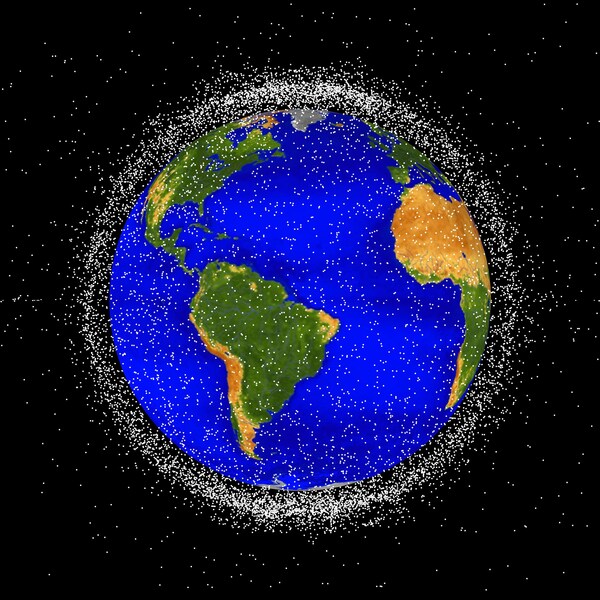
New NASA Strategy for a Sustainable Future

To address the rapidly changing environment that is Space, NASA released the first part of its integrated Space Sustainability Strategy, advancing the agency’s role as a global leader on this crucial issue.
“The release of this strategy marks true progress for NASA on space sustainability,” said NASA Deputy Administrator Pam Melroy. “Space is busy – and only getting busier. If we want to make sure that critical parts of space are preserved so that our children and grandchildren can continue to use them for the benefit of humanity, the time to act is now. NASA is making sure that we’re aligning our resources to support sustainable activity for us and for all.”
For decades, NASA served as the proactive leader for responsible and sustainable space operations. Entities across the agency develop best practices, analytic tools, and technologies widely adopted by operators around the world. The new strategy seeks to integrate those efforts through a whole-of-agency approach – allowing NASA to focus its resources on the most pressing issues. To facilitate that integration, NASA will appoint a new director of space sustainability to coordinate activities across the agency.
Key aspects of the new approach includes providing global leadership in space sustainability, supporting equitable access to space, and ensuring NASA’s missions and operations enhance space sustainability.
Space environments currently are seeing the rapid emergence of commercial capabilities, many of them championed by NASA. These capabilities include increased low Earth orbit satellite activity and plans for the use of satellite constellations, autonomous spacecraft, and commercial space destinations. However, this increased activity also has generated challenges, such as an operating environment more crowded with spacecraft and increased debris. Understanding the risks and benefits associated with this growth is crucial for space sustainability.
Developed under the leadership of a crossagency advisory board, the space sustainability strategy focuses on advancements NASA can make toward measuring and assessing space sustainability in Earth orbit, identifying cost-effective ways to meet sustainability targets, incentivizing the adoption of sustainable practices through technology and policy development, and increasing efforts to share and receive information with the rest of the global space community.
NASA’s approach to space sustainability recognizes four operational domains: Earth, Earth orbit, the orbital area near and around the Moon known as cislunar space, and deep space, including other celestial bodies. The first volume of the strategy focuses on sustainability in Earth orbit. NASA plans to produce additional volumes focusing on the other domains.
Learn more about the Space Sustainability Strategy at: https://www.nasa.gov/spacesustainability.







